The beautiful bay: what to see in the GBA

China’s Greater Bay Area (GBA) is home to nine cities, two special administrative regions, and an almost incomprehensible 71 million people. But distilling the GBA down to the urban façades of Guangzhou or Shenzhen sells the rest of the region short. From natural wonders to ancient and modern architectural marvels, the GBA is full of charming sights and stunning vistas that are waiting to be discovered.
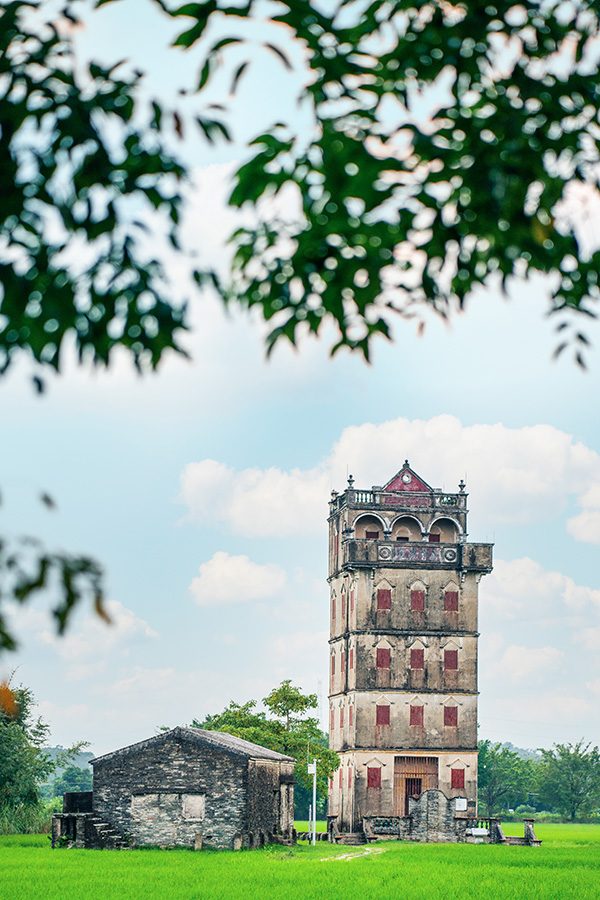
Credit: Hym Chu
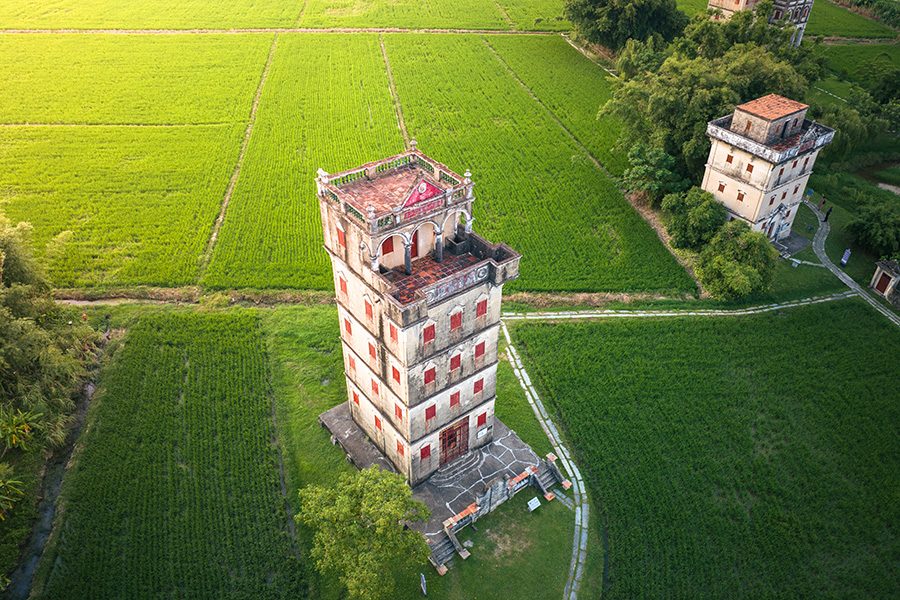
Credit: Hym Chu
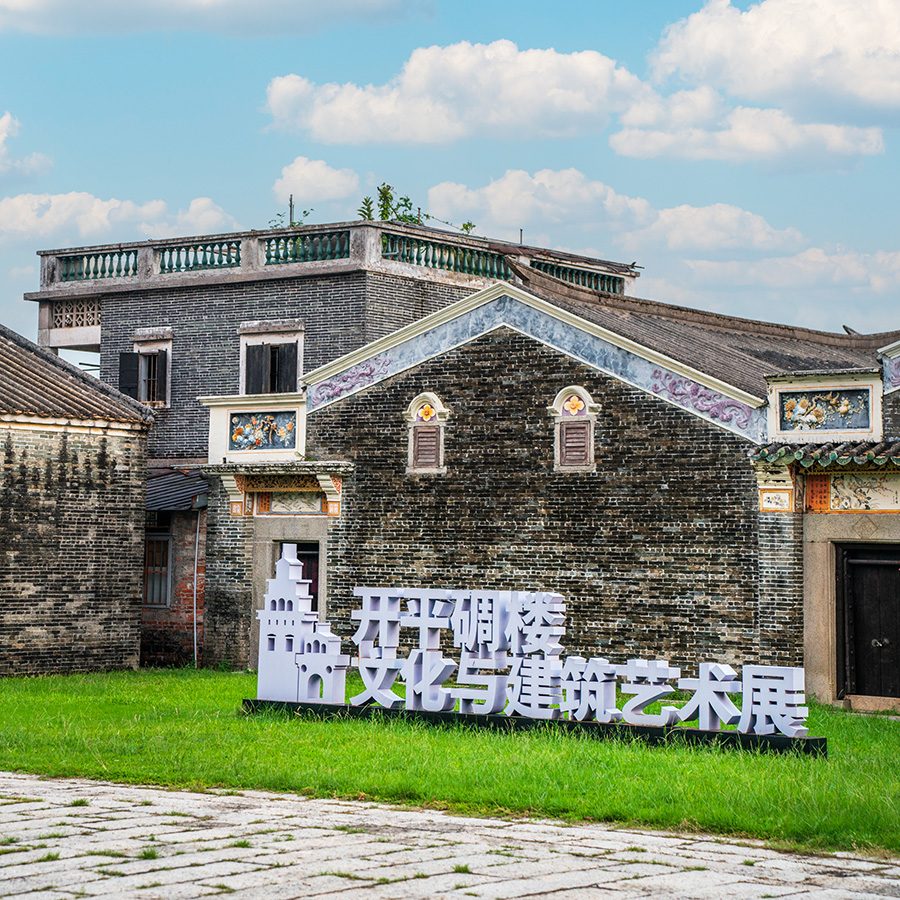
Credit: Hym Chu
Kaiping Diaolou, Jiangmen
Strolling among the more than 1,500 diaolou – the mostly abandoned watchtowers-slash-abodes – of Kaiping county is, quite literally, like nowhere else in the world. The unique multi-storey structures of this Unesco World Heritage Site , built between the 1500s and the early 1900s, boast an eclectic array of architectural influences from East and West: from Chinese frescoes to Corinthian columns to Byzantine roofs. They’re truly multicultural in heritage, a reflection of the overseas Chinese who returned home and constructed these fortresses for protection against local banditry.
Don’t miss: Some of these homes have been restored and are open to visitors, affording a glimpse into the lives of well-off families of yesteryear.
Get there: Take the train from Guangzhou South Railway Station to Kaiping South Station, then take a 30-minute taxi ride to Kaiping Diaolou.
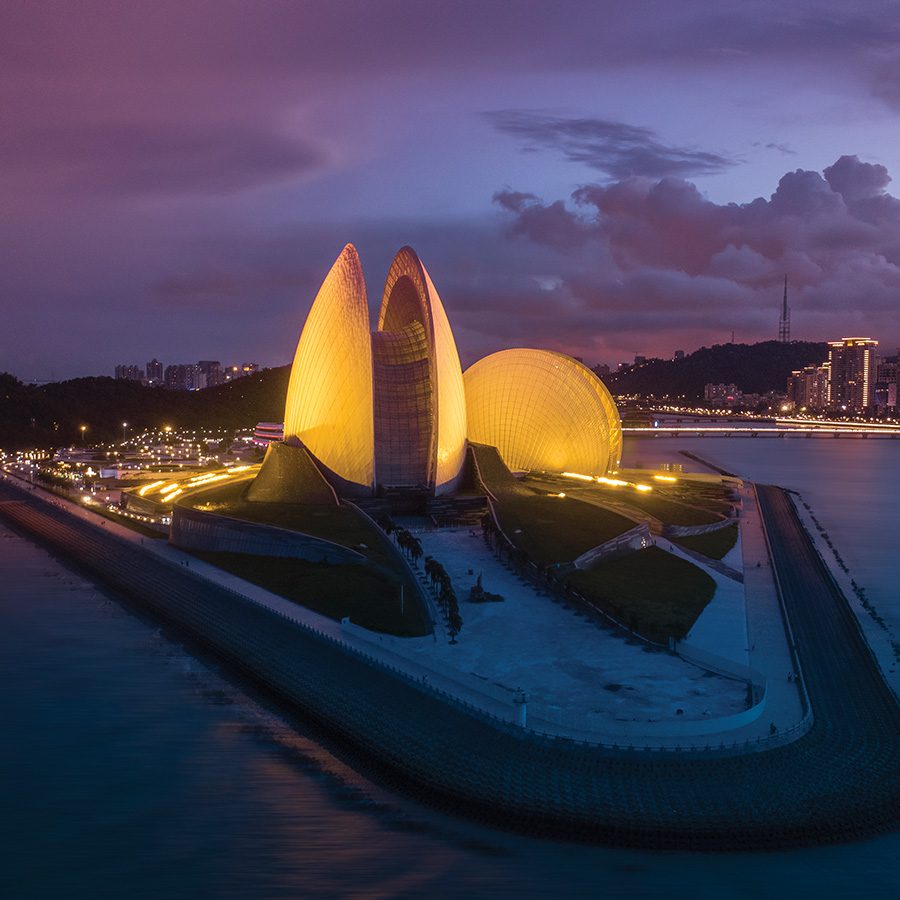
Credit: Hym Chu
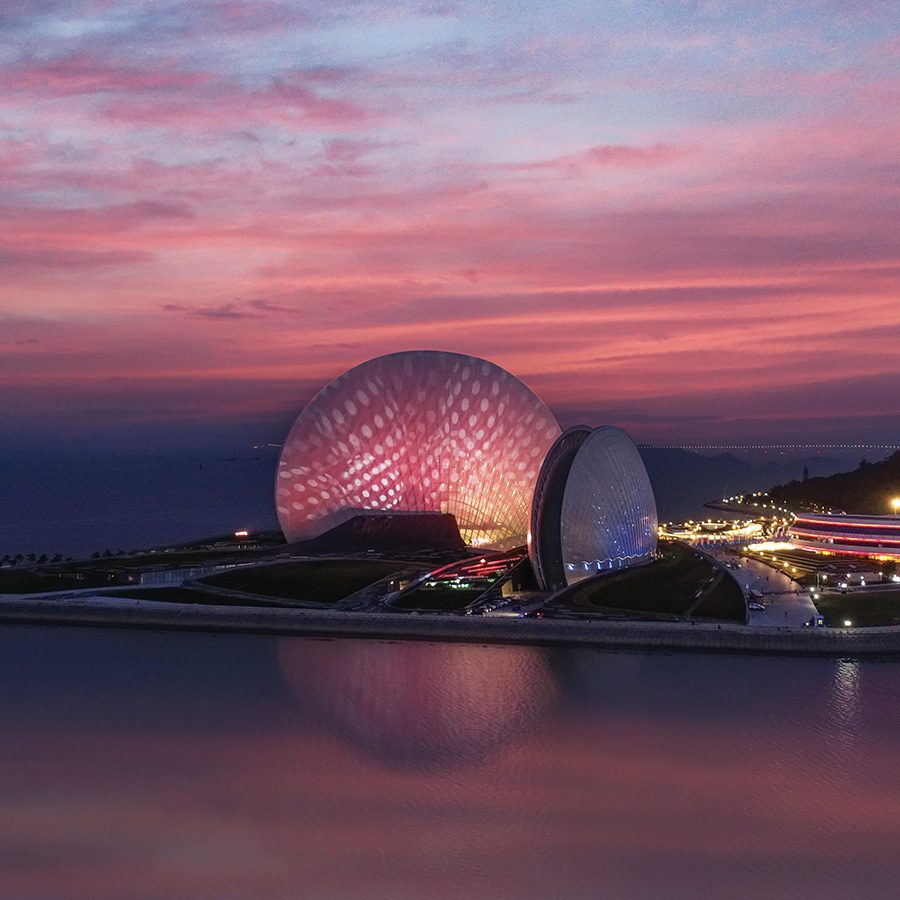
Credit: Hym Chu
Zhuhai Grand Theater, Zhuhai
Two huge white seashells rise out of Yeli island, just off mainland Zhuhai: the city’s Grand Theater is a monument to both its seafront locale and its rapid urban development. After dark, the twin theatres are lit up as the sun and the moon.
Don’t miss: A full cultural calendar means there’s always a show to catch when you’re in town.
Get there: Take the Z11 bus from the city centre and alight at the Riyuebei bus stop.
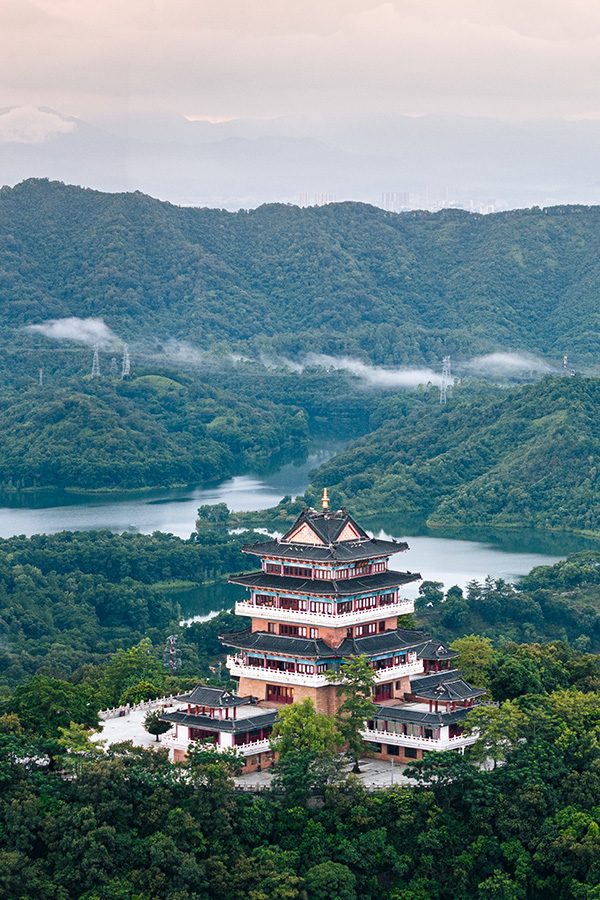
Credit: Hym Chu

Credit: Hym Chu
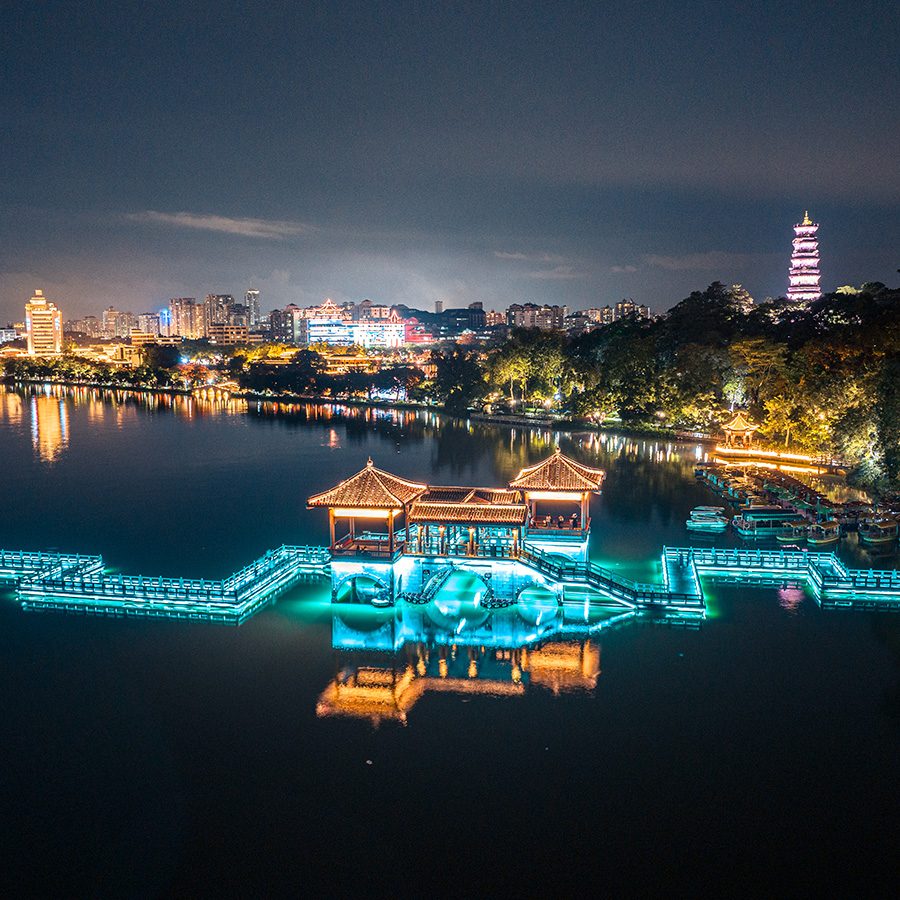
Credit: Hym Chu
Mount Luofu, Huizhou
With a deep connection with the Taoist faith, Huizhou’s Mount Luofu is home to a wealth of temples, as well as hundreds of peaks, waterfalls, caves and other natural wonders. Hike up the 1,296-metre Feiyun Peak – the highest point of Mount Luofu – to enjoy a panoramic view of the surrounding natural views.
Don’t miss: Feiyun Peak at sunrise, when mist and thin clouds drape around the nearby hills. It’s like you’ve stepped into a painting.
Get there: From Guangzhou’s Tianhe Coach Terminal, take the bus to the town of Changning, then take the Boluo bus no. 268 to get to Mount Luofu’s Zhumingdong Scenic Area.

Credit: Getty Images
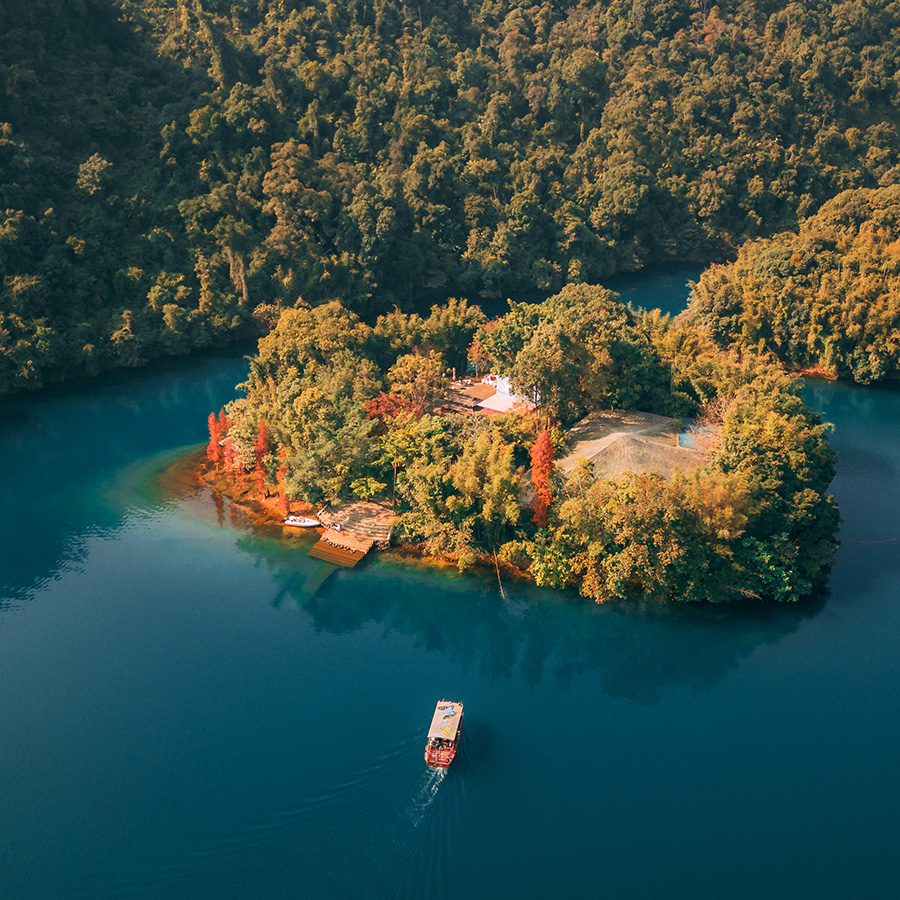
Credit: Getty Images
Seven Star Crags, Zhaoqing
The Seven Star Crags, an eight-square-kilometre area of limestone crags and caves spread across Zhaoqing’s Star Lake, got their name due to their resemblance to the formation of the Big Dipper’s seven stars. It’s like a lesser-visited cross between Guilin’s karst peaks and Hangzhou’s West Lake.
Don’t miss: Exploring the area either by boat – or on foot – via a network of walkways that divides the surface of Star Lake into five sections.
Get there: From Zhaoqing East Railway Station, take the K02 bus to Seven Star Crags’ North Gate, or the K01 bus to Paifang Park.
Dinghu Mountain National Nature Reserve, Zhaoqing
A trek through Dinghu Mountain National Nature Reserve provides a medley of sensory stimulation, courtesy of its rich biodiversity. Part of the Dayunwu Mountain Range, it was established in 1956 as the Chinese Mainland’s first nature reserve and was added to Unesco’s World Network of Biosphere Reserves in 1979. Today, this forest is home to hundreds of species of flora and fauna, centuries-old Buddhist monuments and natural attractions that are older still.
Don’t miss: The Flying Water Pool, a crystal-clear pool fed by a waterfall.
Get there: Take the Dinghu no. 6 bus from Zhaoqing East Railway Station, or the no. 21 bus from Zhaoqing city centre to the Dinghu Mountain Kengkou bus stop.

Credit: Hym Chu
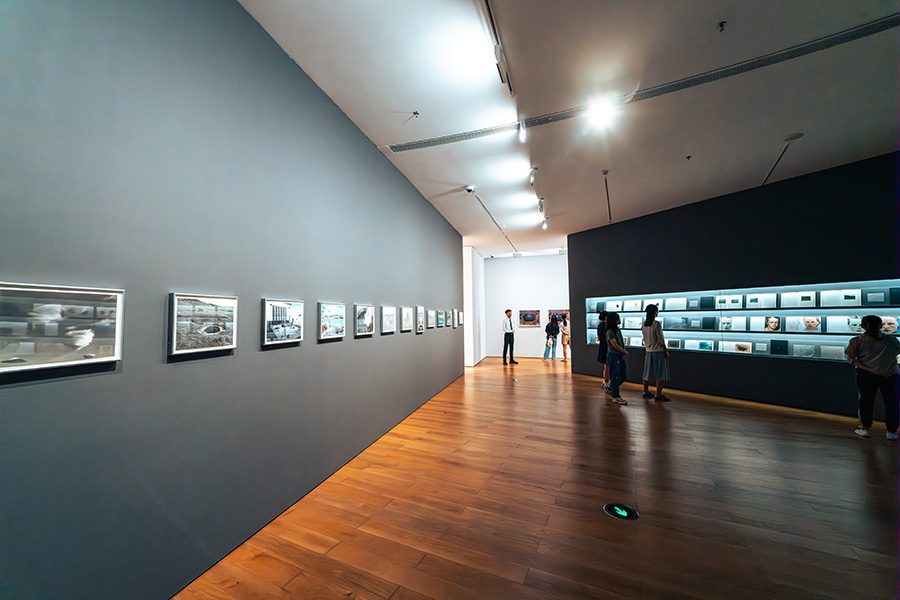
Credit: Hym Chu
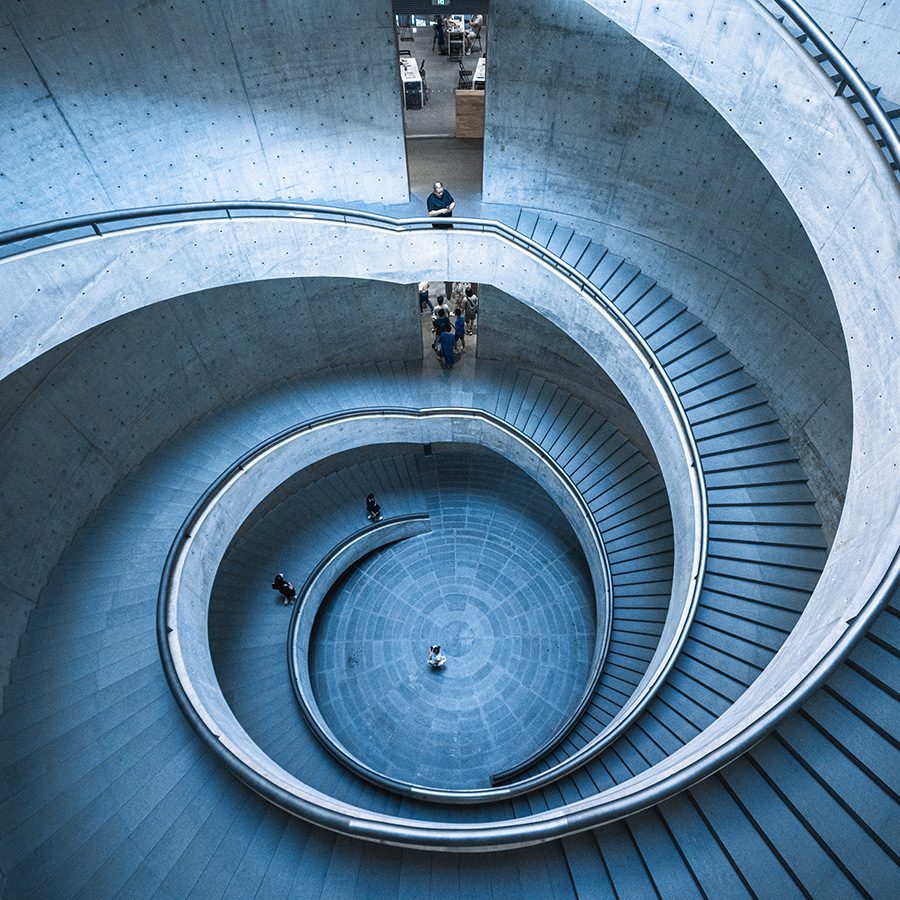
Credit: Hym Chu
He Art Museum, Foshan
Foshan’s Shunde district is best known for its gastronomic delights, but the privately owned He Art Museum offers another compelling reason to visit. Starchitect Tadao Ando’s circular building boasts a central sky well which fills the exhibition spaces with an abundance of natural light. The brainchild of He Jianfeng, son of Midea founder He Xiangjian, the museum houses the family’s art collection and features exhibitions from international and Chinese contemporary artists alike – but with an emphasis on local talent.
Don’t miss: The double-helix concrete staircase at the atrium has graced many an Insta feed since the museum opened in 2020.
Get there: Take the Guangzhou metro to Line 7 Midea Station, then walk for about 10 minutes to reach the museum.
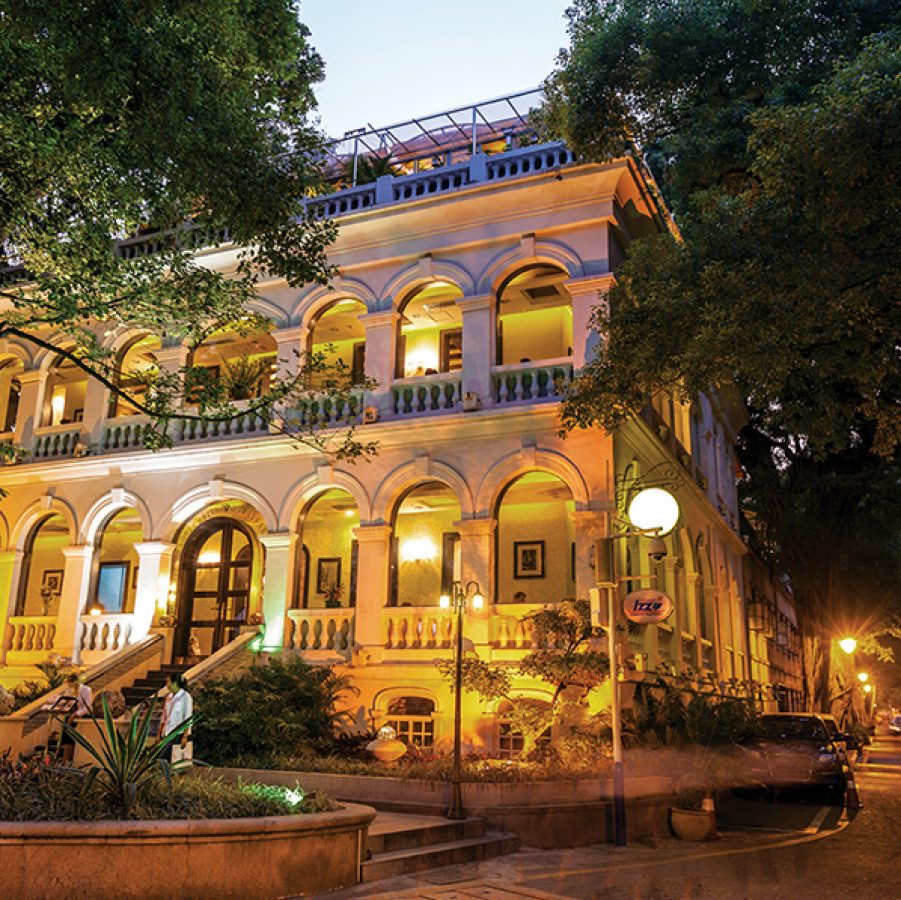
Credit: Hym Chu
Shamian Island, Guangzhou
Shanghai has the Bund; Guangzhou has Shamian Island. Banks, consulates and offices of foreign trading companies were once housed in the European-style buildings that dot the area’s tree-lined streets. Many of them are now home to restaurants, bars and cafés, and Shamian retains a quieter, leafier pace of life than the rest of bustling Guangzhou just metres away.
Don’t miss: The bronze statues scattered around the island depicting everyday life – Chinese and western alike.
Get there: Take the Guangzhou metro to Line 8 Cultural Park Station, then it’s a five-minute walk to Shamian Island.

Credit: Getty Images
Hong Kong-Zhuhai-Macao Bridge
When it opened in October 2018, the Hong Kong-Zhuhai-Macao Bridge (HZMB) not only reduced the travel time between the three cities, but also truly integrated Hong Kong into the Greater Bay Area. At 55 kilometres in length, HZMB is the world’s longest fixed sea crossing, comprising a series of bridges, undersea tunnels and artificial islands that form one of China’s biggest mega-projects – and a shortcut into the GBA.
Don’t miss: Grabbing a window seat as you travel along this engineering marvel for sweeping views of the Pearl River estuary.
Get there: Multiple buses departing from the airport and the city centre pass through HZMB’s Hong Kong Port.
More inspiration
- China – the Chinese Mainland, Hong Kong SAR, Macao SAR and Taiwan Region
- Hong Kong SAR - English
- Chinese Mainland (China) - English
- Taiwan, China - English
- 香港特別行政區 - 繁體中文
- 中国內地 - 简体中文
- 中國台灣 - 繁體中文
- Africa
- South Africa - English
- Asia
- Bangladesh - English
- Korea - English
- Singapore - English
- Cambodia - English
- 한국 - 한국어
- Sri Lanka - English
- India - English
- Malaysia - English
- Thailand - English
- Indonesia - English
- Maldives - English
- ประเทศไทย - ภาษาไทย
- Indonesia - Bahasa Indonesia
- Myanmar - English
- Vietnam - English
- Japan - English
- Nepal - English
- Việt Nam - tiếng Việt
- 日本 - 日本語
- Philippines - English
- Australasia
- Australia - English
- New Zealand - English








